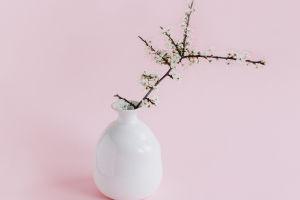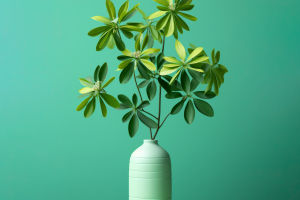Succulent plants are known for their unique characteristics, including their fleshy stems and leaves that are rich in water and nutrients. They have similar growth habits and prefer warm environments, but they also need to be cooled during the summer and kept warm during the winter.
Overwatering and over-fertilizing can cause their roots to rot, so it's important to maintain a balanced watering and fertilizing schedule. There are many varieties of succulent plants, each with its own unique shapes and names.
Succulent plants have fleshy stems and leave that store water, making them well-suited for dry and arid environments. They are found in many families, including Sedum, Agave, Euphorbiaceae, and Phyllanthaceae, and there are over 10,000 known species of succulents worldwide.
These plants come in a variety of colors and textures, with some being shiny or whitish in appearance.
When caring for succulent plants, it's important to provide them with the proper amount of light. Succulents need plenty of sunlight to thrive, but they can also become thin and weak if they don't receive enough light.
During the summer, it's important to protect succulent plants from direct sunlight, as this can cause them to sunburn. Shade netting and regular watering can help keep succulents cool during hot weather.
Temperature is also an important factor when caring for succulent plants. During the winter, it's important to keep succulents at a temperature above 5°C to ensure they survive the colder weather. The temperature difference between day and night can also help promote succulent coloring.
During the summer, it's important to protect succulent plants from temperatures above 35°C, as this can cause them to wilt.
Succulent plants don't require a lot of fertilizer, as their fleshy leaves can store water and nutrients. When repotting succulent plants in the spring or fall, it's a good idea to mix in some cake fertilizer, bone meal, or slow-release fertilizer at the bottom of the pot.
Watering should be done only after the soil has dried out, and each watering should be thorough. Fertilizing should only be done once a month during the growth period.
While many people like to keep succulent plants indoors, it's important to remember that these plants still require plenty of sunlight and ventilation. Poor air circulation can cause succulent plants to become weak or even die.
If you're keeping succulent plants indoors, it's a good idea to place them near a window or in a room with plenty of natural light. Regularly opening windows or using a fan can also help promote air circulation.
In terms of pests and diseases, succulent plants are susceptible to mealybugs, spider mites, and root rot. Mealybugs and spider mites can be controlled with insecticidal soap or neem oil, while root rot can be prevented by avoiding overwatering and making sure the soil is well-draining.
Overall, succulent plants are a unique and interesting addition to any plant collection. By providing them with the proper care, including adequate light, temperature, and water, they can thrive and bring a touch of natural beauty to your home or garden.


